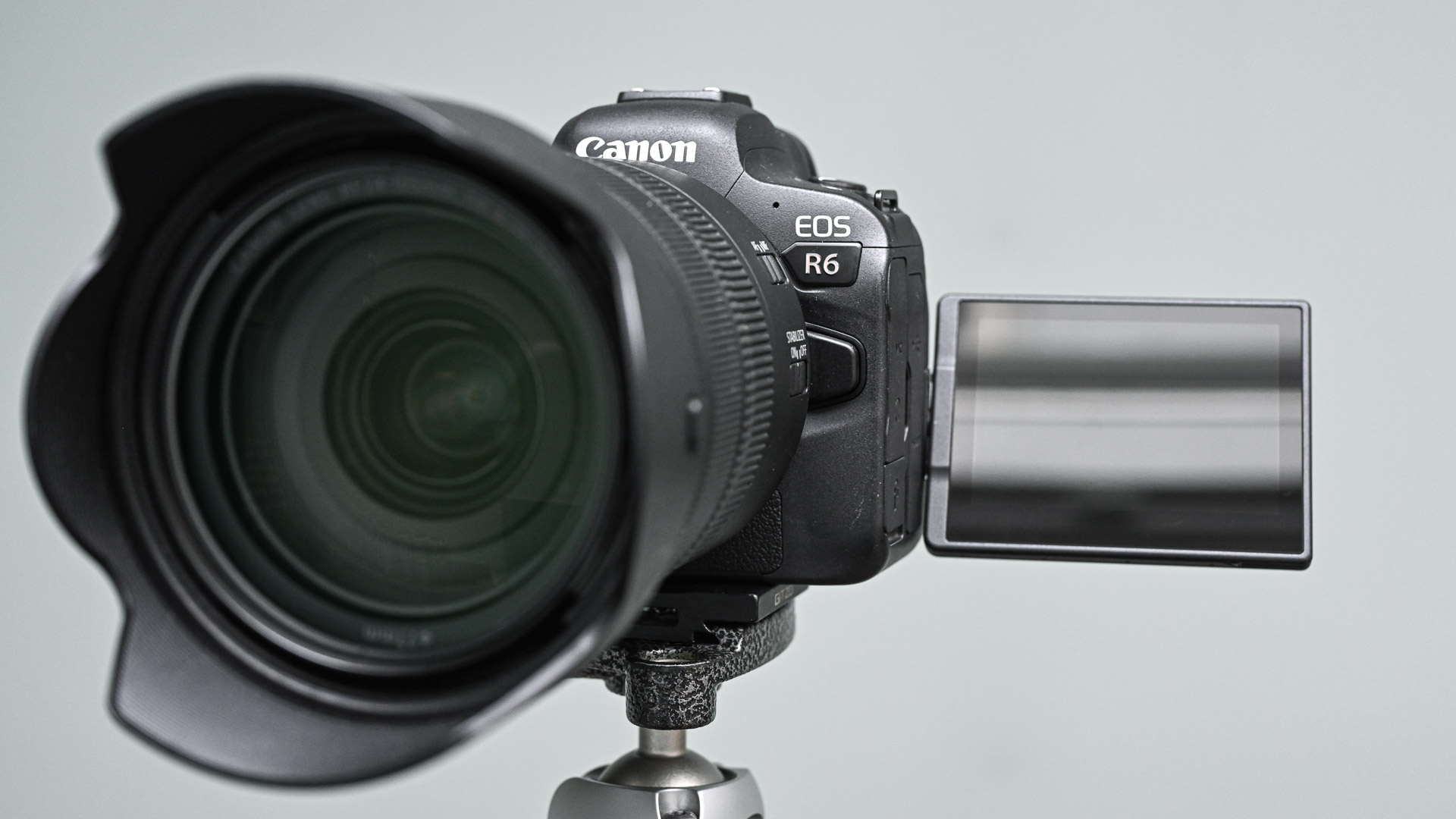Space Verdict
Fantastic performance for enthusiasts with great high ISO image noise handling and superb stills and video capture modes, it's a great mid-level full-frame performer. Hybrid shooters will benefit from enhanced video recording with C-Log for more flexible editing.
Pros
- +
Great low light performance
- +
Enhanced video recording with C-Log
Cons
- -
A little pricier than competitor models
- -
Vari-angle touchscreen not ideal for astro
Why you can trust Space.com
The Canon EOS R6 is a full-frame mirrorless camera designed for enthusiast photographers and videographers that require high-end performance. The R6 shoots 20.1 megapixel stills photos and captures 4K 60 frames per second video with Canon Log and HDR PQ to cater for even hybrid shooters that want to make movies as much as still images.
When paired with an appropriate RF or even EF lens with the appropriate EOS R adapter the R6 combines in-body image stabilization with a lens' stabilization to produce up to eight stops of stabilization, perfect for low light shooting with longer shutter speeds or keeping video footage smooth.
Thanks to its slightly lower sensor resolution, large full-frame sensor size, and modern DIGIC X processor, it performs excellently in low light conditions, even utilizing a wide ISO range from 100 - 102,400 or expanded to 50 - 204,800. View the world through a 0.5-in 3.69k-dot electronic viewfinder that covers approximately 100% of the frame. The rear 3-in vari-angle touchscreen makes it simple to compose a shot, whether trying to capture a self-portrait, or just make the most of an awkward shooting angle without having to climb a ladder or lay down on the ground to get the shot.
Relatively compact, it weighs just 1.5lbs and measures 5.45 x 3.84 x 3.48-inches making it handily portable, suitable for almost any size camera bag or pouch. Two SD memory card slots are compatible with up to UHS-II for speedy transfer of large video files and work with both SD, SDHC, and SDXC cards.
If you want to get a mirrorless camera but want to find the right one for you, be sure to check out our guide to the best mirrorless cameras, or check out which are the best cameras for astrophotography overall. Alternatively, find the best camera deals to grab yourself a bargain.
Canon EOS R6 review: Design
- Vari-angle touchscreen tricky to use in the dark
- Well-spaced button layout
- Textured dials and switches offer tactile feedback
The vari-angle touchscreen is particularly useful for recomposing scenes without having to contort into awkward angles, enabling the photographer to compose both high-up and low-down shots with ease whilst still being able to see the scene. Surprisingly, we found it's not particularly helpful for astrophotography, though. When working in the dark it's easier to keep all tactile surfaces close to the fingertips, especially when trying to maintain night vision by minimizing torch light. For a simple tilt, (if the camera must be shooting up at the stars for example) the screen must be completely flipped out from the rear and positioned to the side of the camera. As such, one has to take their hands completely off the camera if they want to use the touchscreen to adjust settings or flick through media. It doesn't sound like much but it's frustrating when you're having to find the dials and buttons again after fiddling with the screen.
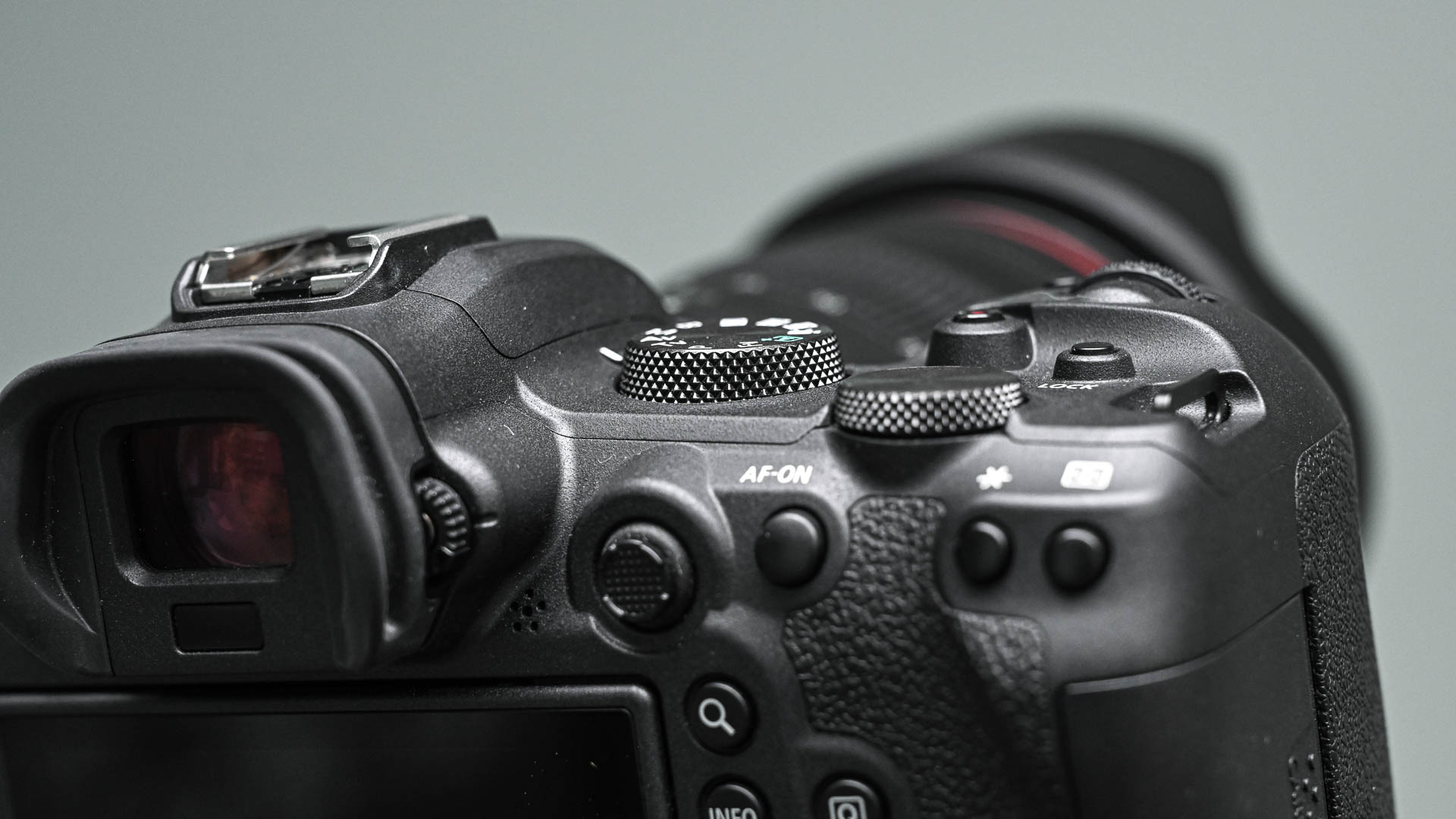
Fortunately though, the R6 has fantastic tactile feedback thanks to the texture knobs, switches, and dials all over the camera body. It's easy to operate the camera in the dark, even without looking once you're used to the button layout by feeling your way around and easily controlling settings even when fingers are freezing cold from shooting all night.
The camera, at first glance, seems a little sparse when studying the buttons across the device, but actually it's quite deceptive. A well spaced button layout sees controls filter from the back of the body through to the top panel without overcrowding one particular section, making it look cleverly simple without removing the salient, commonest controls.
Canon EOS R6 review: Functionality
- Autofocus in low light down to -6.5EV
- Option to rate images in-camera saves time later
- Switching between stills and video is easy and fast
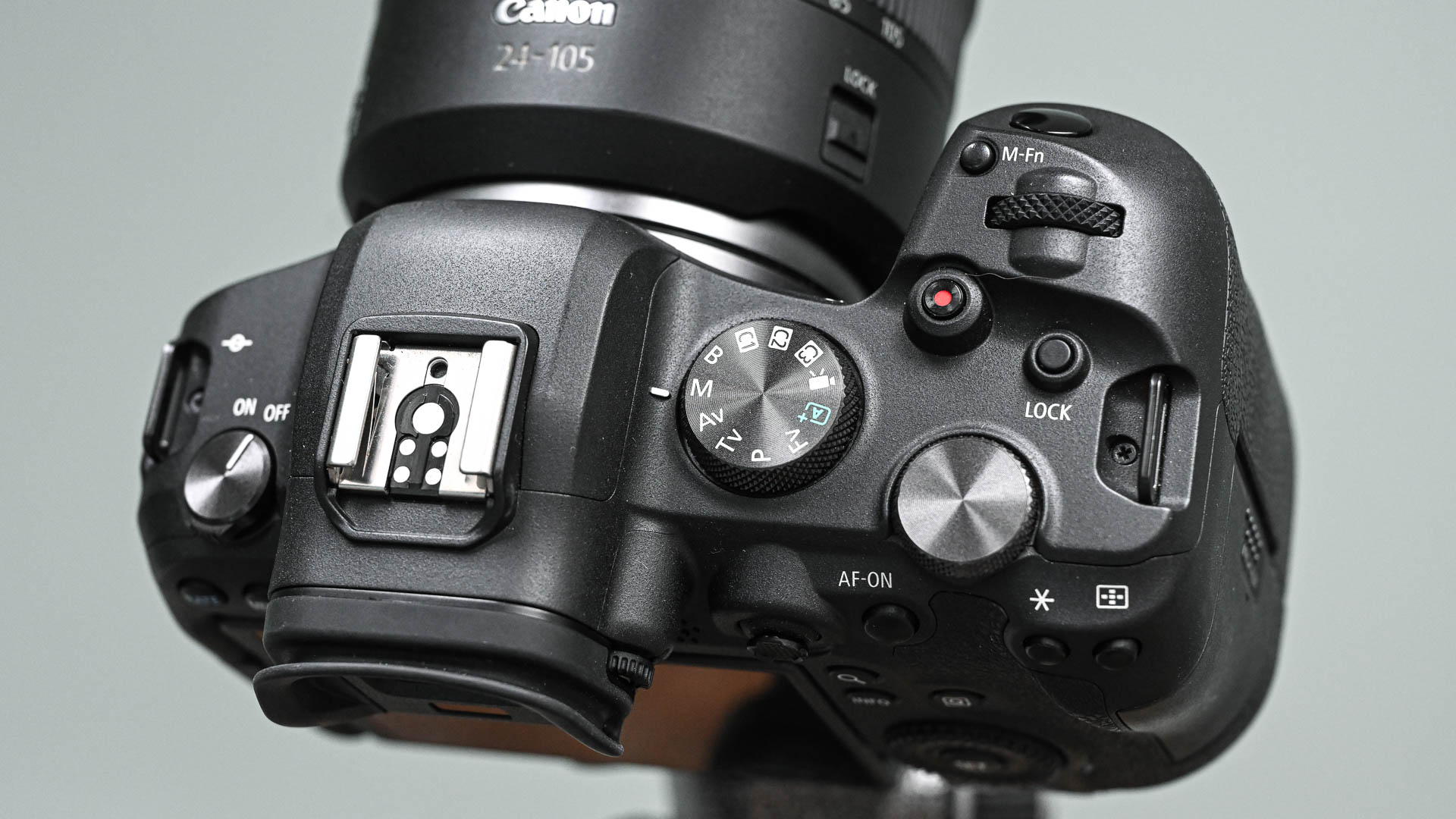
Cameras that function well in all shooting scenarios are hard to come by, but the EOS R6 is one of those exceptions that break the rules. The Dual Pixel CMOS AF II brings an enhanced ability to autofocusing as it's capable of recognizing and tracking eyes of both humans and animals making it ideal for portraiture and pet photography in one go. It shoots up to 12 frames per second with the mechanical shutter or up to 20FPS electronically so combines with the eye AF for wildlife photography, but also lends it useful for sports or action photography, too. The R6's ability to focus down to -6.5EV means it'll autofocus even in very low light conditions which is perfect for getting shots pin-sharp when you're struggling to see.
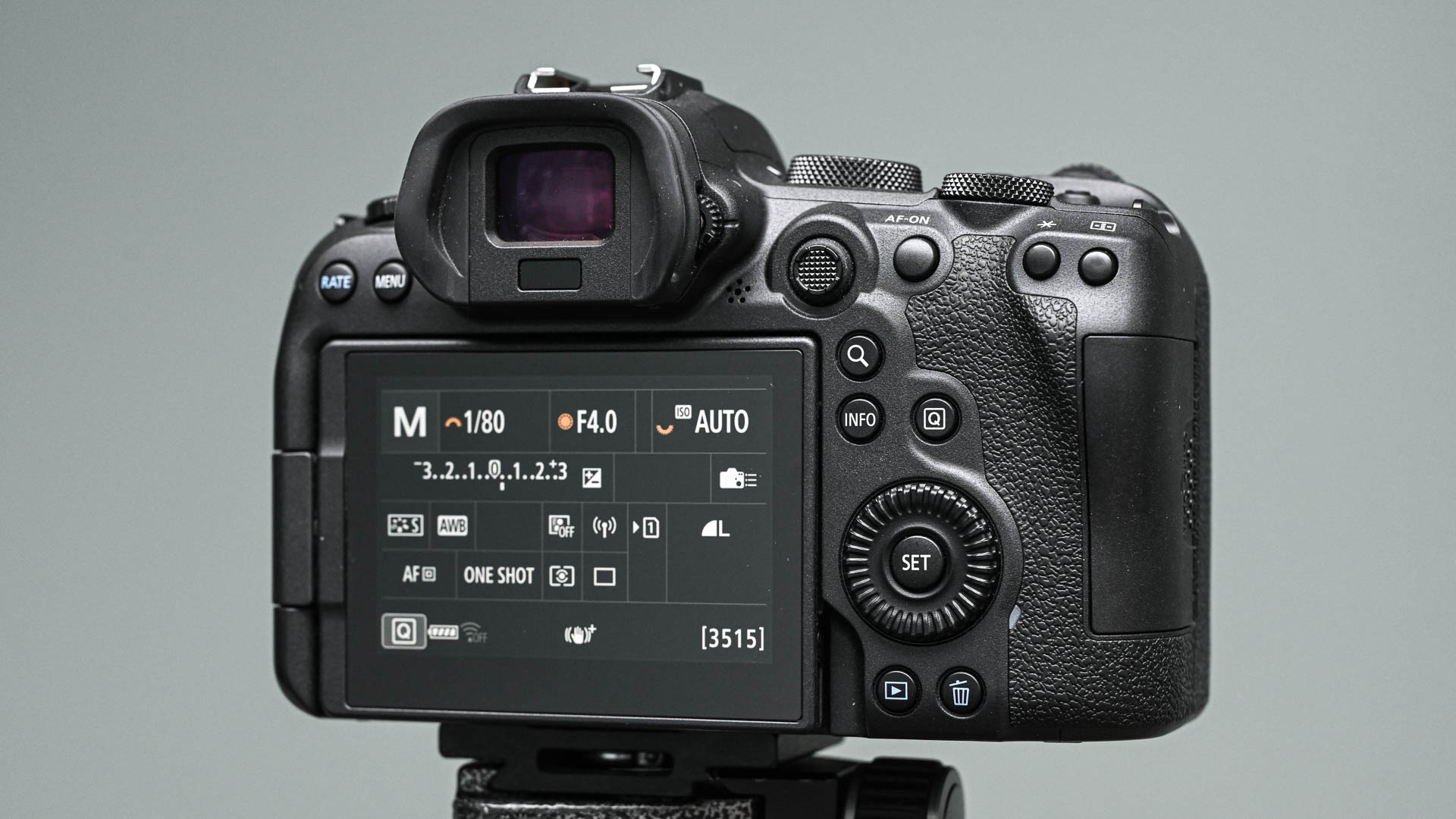
The camera even speeds up workflow by allowing users to rate images on-board the camera, which then transfer to image editing software later such as Photoshop or Lightroom. While this isn't unique to Canon's EOS R6 it is a helpful addition. Any time-saving mechanism is sought after when a camera like this is fast at switching between stills and video capture.
Sadly, the maximum image resolution is limited to just 20.1MP which is a little on the low side these days, but this aids a lower image noise count even in higher ISO settings which is something to bear in mind if you're looking to carry out astrophotography.
Canon EOS R6 review: Performance
- Colors are great in-camera but the screen can fool the eye
- High ISO image noise is superb
- Mixed results when shooting with self-timer
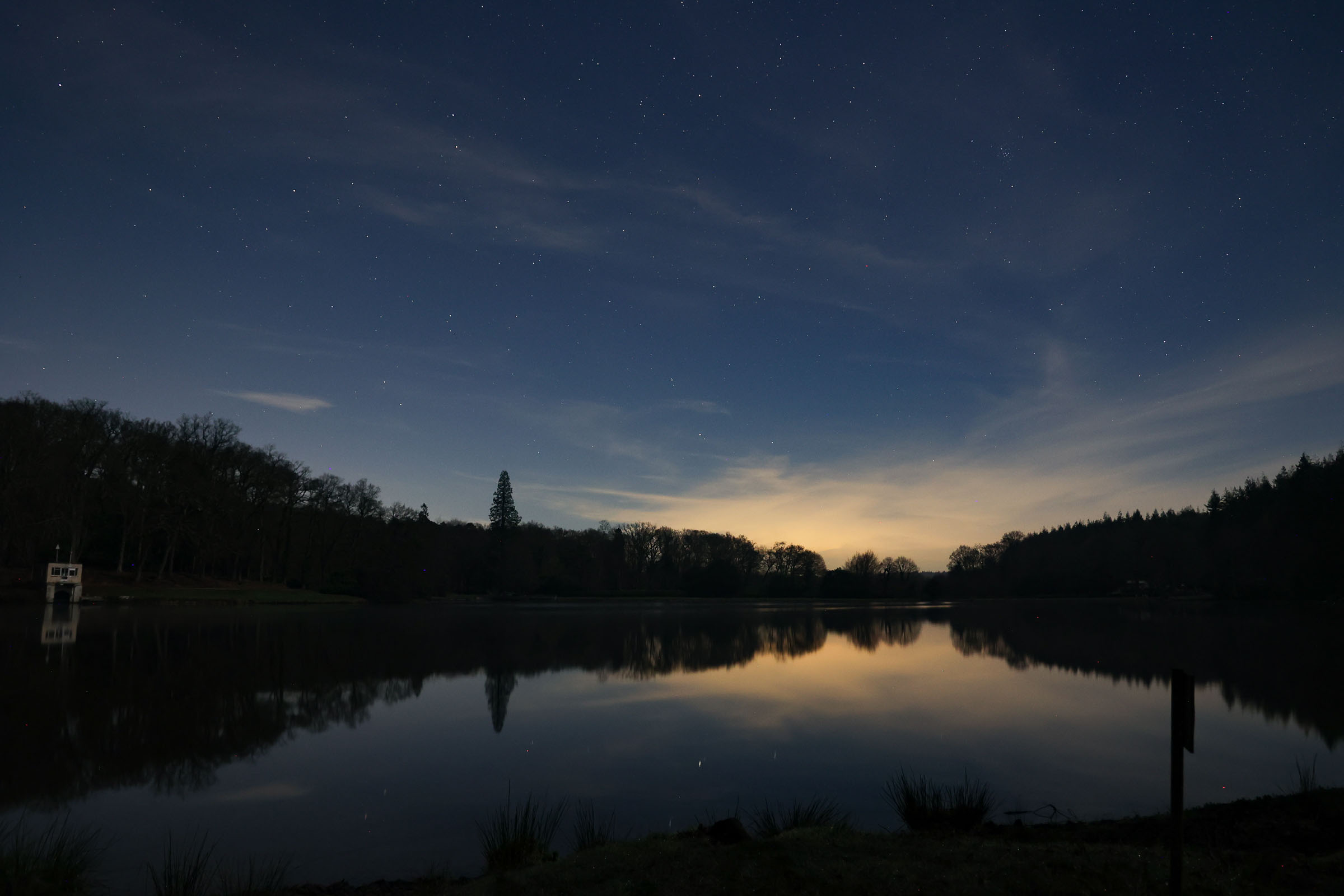
Images look great when viewed on the Canon EOS R6. The colors look great on the back touchscreen and it's easy to compose scenes thanks to the exposure preview on the rear screen/EVF. But when importing the photos to Lightroom Classic we found the colors are a little lackluster and image noise seems more apparent. While this is to be expected when processing RAW files, we compared JPEGs back and forth between studio monitors and the rear touchscreen of the camera. It's likely that this change in color reproduction is due to the discrepancy of screen quality between the camera itself and the high-end monitor we used for this review, but never have we noticed such a difference between devices on a modern mirrorless such as this.
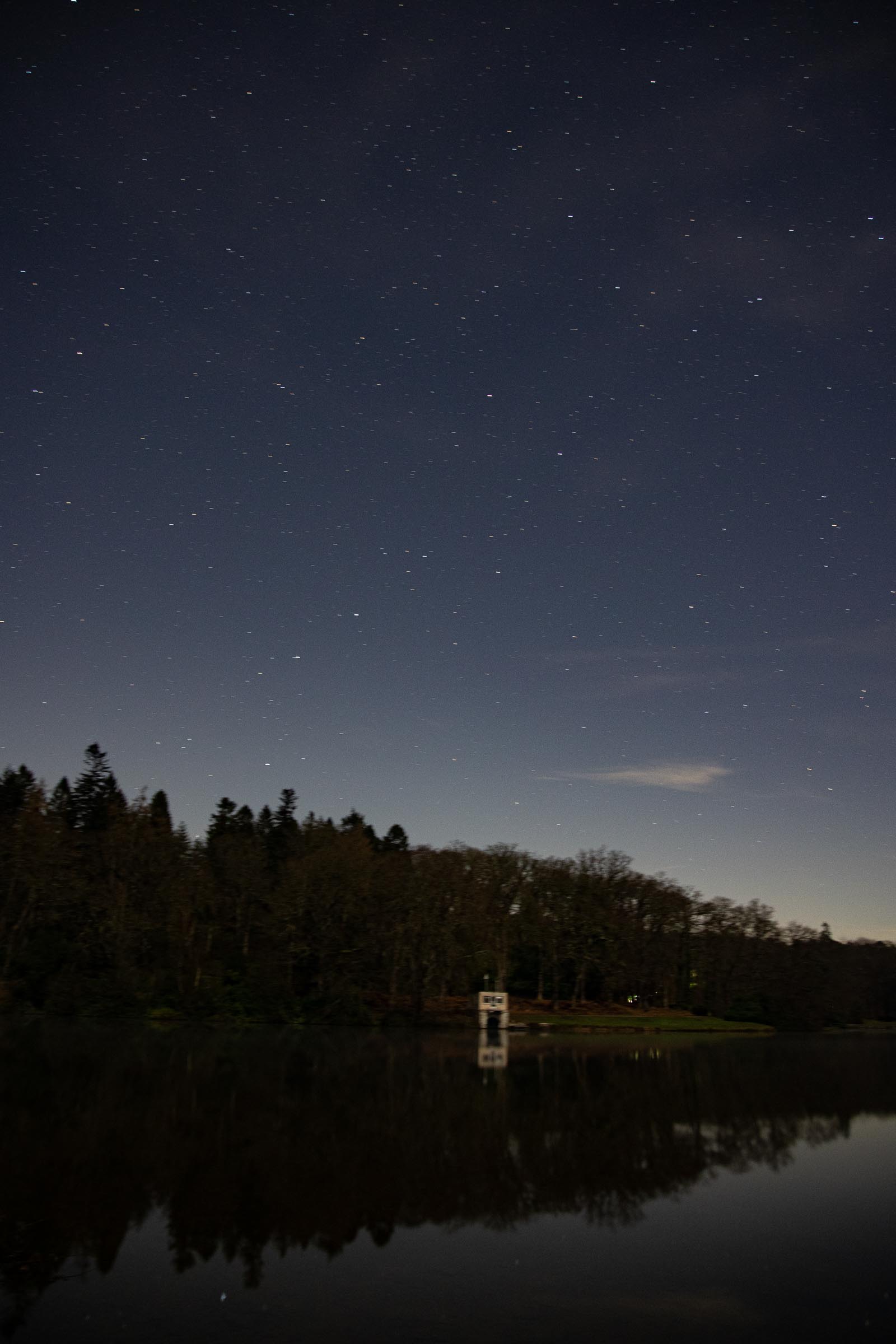
Despite this difference in appearance, the high ISO noise is sublime. Even when shooting astrophotography at ISO2500 the noise is unobtrusive and uniform across the frame. While noise hasn't disappeared entirely, this uniform subtle rendering is perfect because when using image noise reduction software it's easy for the program to remove the noise without affecting nearby stars and celestial bodies that sometimes get swallowed up in the noise removal process. This is a big thumbs up for anyone who needs to regularly shoot with high ISO sensitivities, such as gig/concert photographers, wedding portrait photographers working with low ambient light levels, and astrophotographers.

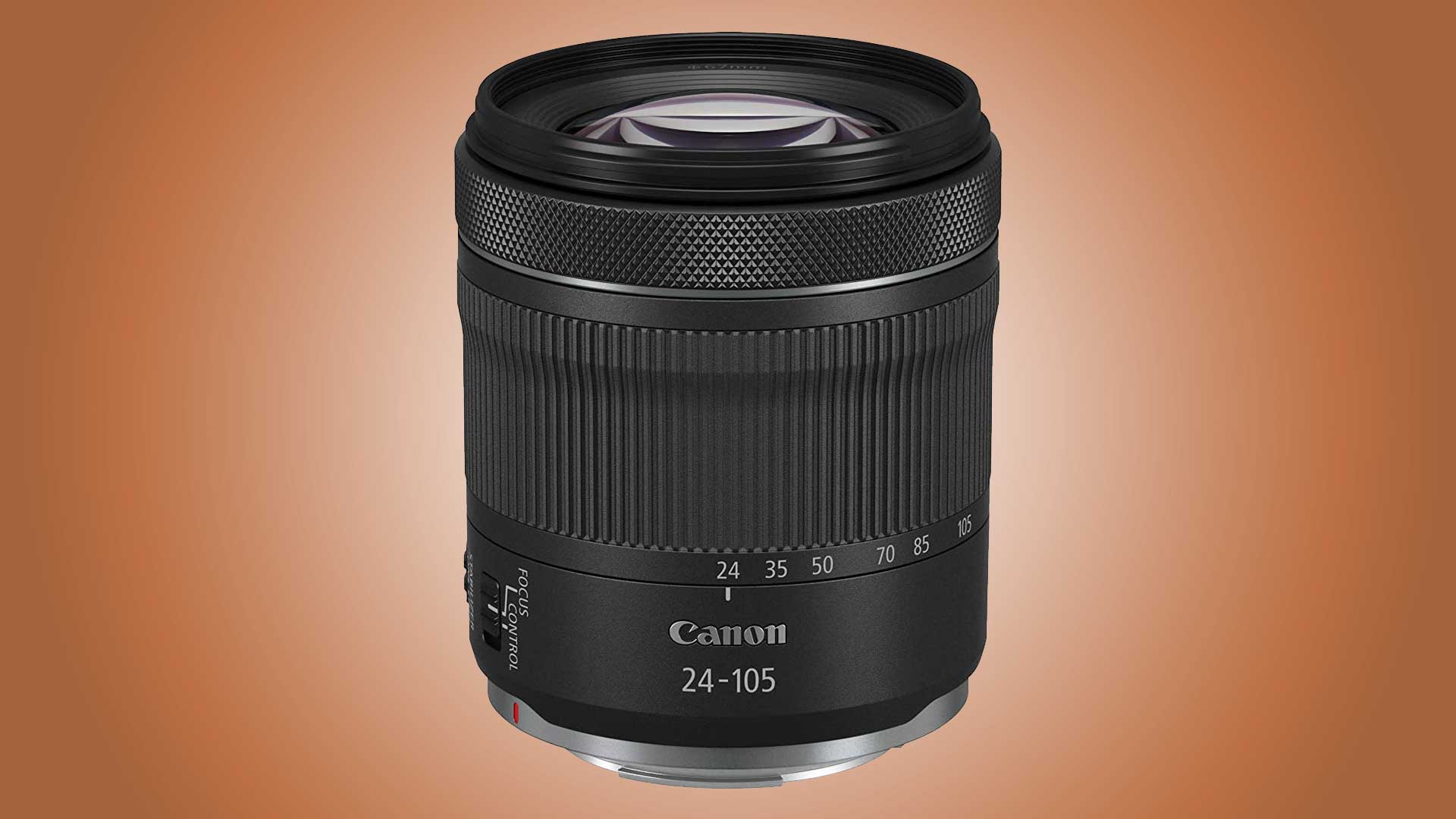
Kit lens: RF 24-105mm F4-7.1 IS STM
Best wide lens: RF 24-70mm f/2.8L IS USM
Best zoom lens: RF 100-400mm f/5.6-8 IS USM
Spare battery type: LP-E6N
Memory card: 2X SD, SDHC, SDXC
Photographers that want to trigger the R6 without risking camera shake blur (for example, shooting on a tripod with a long exposure) might want to invest in a remote shutter release. That's because we found that, strangely, even with a self-timer engaged we found on a few occasions that images came out with camera shake blur. We suspect this is an abnormality or perhaps result of a fault in this particular unit, but we've not experienced this on other models so a remote shutter release may be a worthy investment if doing this kind of long exposure shooting regularly, as expected with astrophotography.
Should you buy the Canon EOS R6?
For photographers who want to start shooting professional-looking videos with the flexibility of grading footage thanks to the Canon-Log and HDR PQ options, the Canon EOS R6 is a perfect catch-all mirrorless. Even filmmakers that require high-quality, professional-looking stills images to accompany their video work will find this camera fantastic for both. It is a camera for enthusiasts though, as professionals will want to opt for the superior EOS R5.
If modern, high-end performance is what you're after and you're not too concerned with the slightly limited 20.1MP stills capture then you'll benefit from a whole host of incredible features and speedy performance, that's more than capable in a range of applications, even professional use.
If this product isn't for you
Beginners or those wishing to use a mirrorless Canon on a budget should look to an APS-C body like the Canon EOS M50 Mark II. Suited to online content creators as well, the M50 Mark II can shoot photos, movies, and live stream to dedicated video sharing platforms for ultimate connectivity.
Advanced users and professional photographers will want to take a look at the Canon EOS R5, the R6's bigger sister. A higher 45MP stills resolution, 8K full-frame RAW video capture, and 5940 autofocus points mean it'll keep up with you no matter your skill level.
However, if blistering speed and robust build quality is your requirement as a photojournalist, wildlife shooter, or sports photographer, then the Canon EOS R3 may be your bag. A 12FPS mechanical shutter can be boosted up to 30FPS electronically for incredible speed. Eye control autofocus means you can select a focus point simply by looking at a subject, and a 5.76k-dot electronic viewfinder makes the scene look realistic.
Join our Space Forums to keep talking space on the latest missions, night sky and more! And if you have a news tip, correction or comment, let us know at: community@space.com.
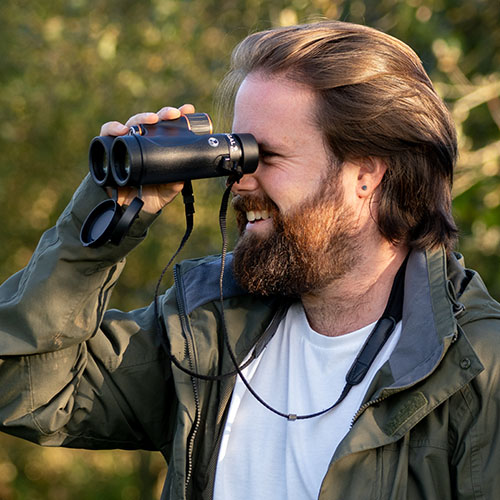
Jase Parnell-Brookes is the Managing Editor for e-commerce for Space and Live Science. Previously the Channel Editor for Cameras and Skywatching at Space, Jase has been an editor and contributing expert across a wide range of publications since 2010. Based in the UK, they are also an award-winning photographer and educator winning the Gold Prize award in the Nikon Photo Contest 2018/19 and named Digital Photographer of the Year in 2014. After completing their Masters degree in 2011 and qualifying as a teacher in 2012, Jase has spent the last two decades studying and working in photography and publishing in multiple areas, and specializes in low light optics and camera systems.
Blue Origin’s all-female spaceflight urges women to shoot for the stars — but astronaut memoirs reveal the cost of being exceptional
China to 3D-print bricks on the moon using lunar dirt in 2028 to pave way for future base (video)
'Love, Death + Robots' Season 4 teaser is a maelstrom of explosions, aliens, dinosaurs, and... well robots (video)
